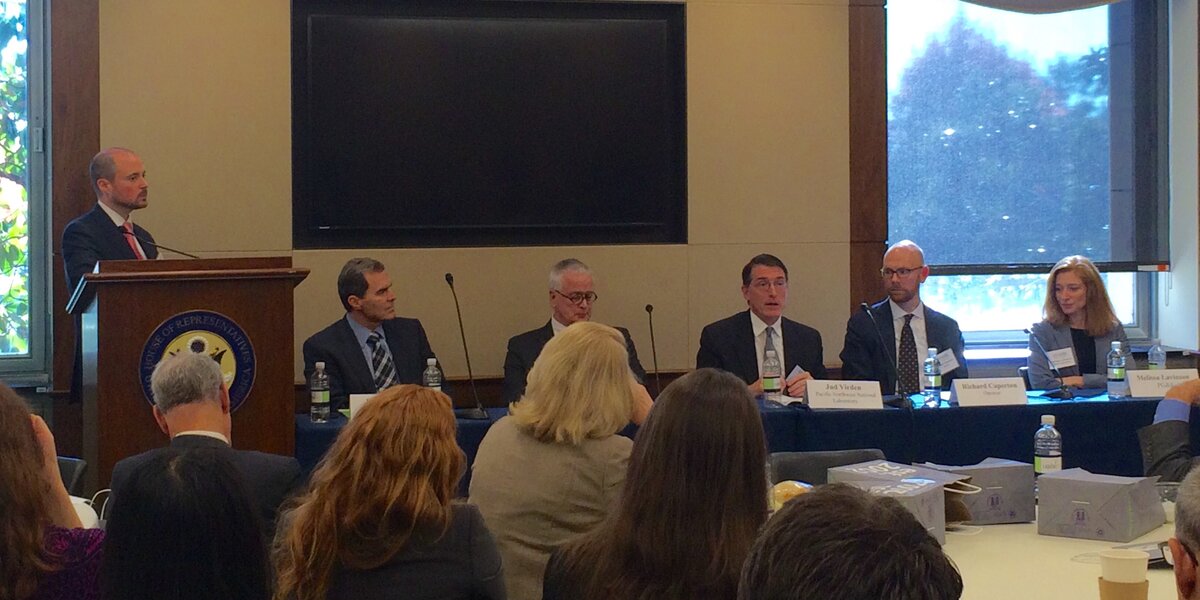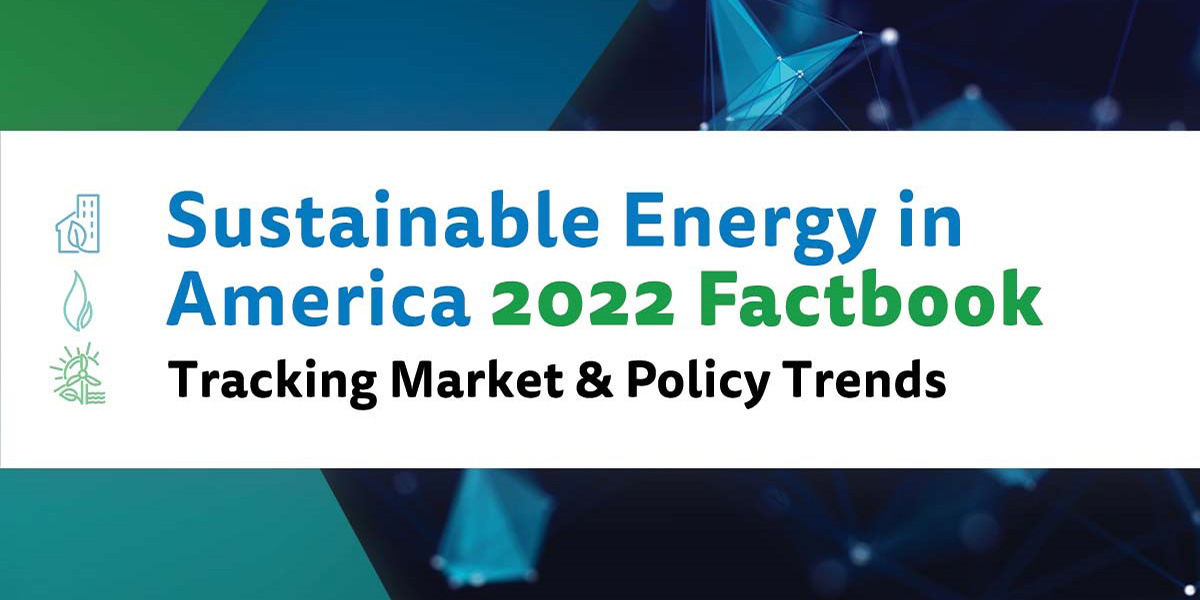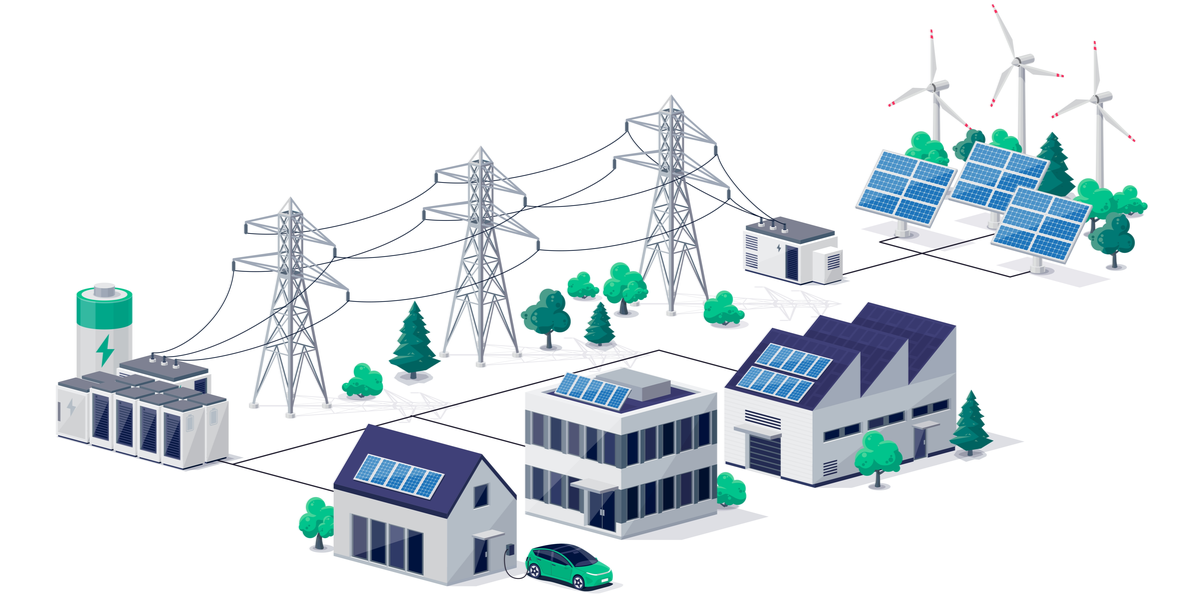Congressional Briefing Summary: Connected Homes
Let's Save Energy
Alliance to Save Energy's Blog
Congressional Briefing Summary: Connected Homes

Connected homes – homes that contain interconnected devices that connect to the internet – present an exciting market opportunity and a way for consumers to save money. While there are challenges, such as finding scalable solutions, addressing data security and communicating the value to consumers, leaders in the industry are viewing connected homes as a promising new frontier. And with 75 percent of the electricity in the United States used by buildings, the Alliance to Save Energy sees an opportunity to advance residential energy productivity through connected homes. Subject experts speaking at the Alliance’s November 4th Connected Homes Congressional Briefing provided insight into some of the market’s opportunities and challenges. Read below for a summary of the briefing discussion and observations from the briefing’s panelists.
Data Security
The U.S. Department of Energy’s (DOE) Building Technologies Office (BTO) Director, Roland Risser, pointed out that a collective dialogue is necessary to identify ways to protect consumers’ privacy and mitigate risks. Risser pointed to GreenButton as a program that has allowed the average consumer to receive information about their energy usage with minimal risk. Additionally, Risser also made mention of three key points necessary for connected home market progress: interoperability and standardization of operations; cyber security and personal identification; and establishing and communicating the value proposition.
Challenges
David Lee, BTO’s Residential Program Supervisor, identified several technical challenges associated with connected homes, along with potential solutions. Lee pointed out that HVAC installations function inefficiently if installed incorrectly, and that homeowners are often unaware of how efficiently their homes are operating. To address both issues, Lee suggests installing fault detection technologies. Additionally, Lee recommended that thermostats could be implemented to replace the costly audits associated with retrofitting.
Risser addressed the challenge of identifying scalable solutions: with the ambitious goal of reducing energy in the built environment by 50 percent, governments need to invest in solutions with widespread functionality, rather than funding islands of opportunity.
Communicating Value to Consumers
According to Risser, in order to communicate the value of connected homes to consumers, it is important to quantify the opportunity and how it works within the current market. Risser went on to point out that in educating consumers about the value of connected homes, it will be imperative to develop and use standardized definitions. This will ensure that consumers understand exactly what they are purchasing. Richard Caperton, Director of National Policy and Partnerships at Opower, also spoke to the challenge of communicating values to consumers. Caperton explained that customers will look to track utility analytics to help them respond to and be interested in the energy-saving technologies.
STAY EMPOWERED
Help the Alliance advocate for policies to use energy more efficiently – supporting job creation, reduced emissions, and lower costs. Contact your member of Congress.
Energy efficiency is smart, nonpartisan, and practical. So are we. Our strength comes from an unparalleled group of Alliance Associates working collaboratively under the Alliance umbrella to pave the way for energy efficiency gains.
The power of efficiency is in your hands. Supporting the Alliance means supporting a vision for using energy more productively to achieve economic growth, a cleaner environment, and greater energy security, affordability, and reliability.



